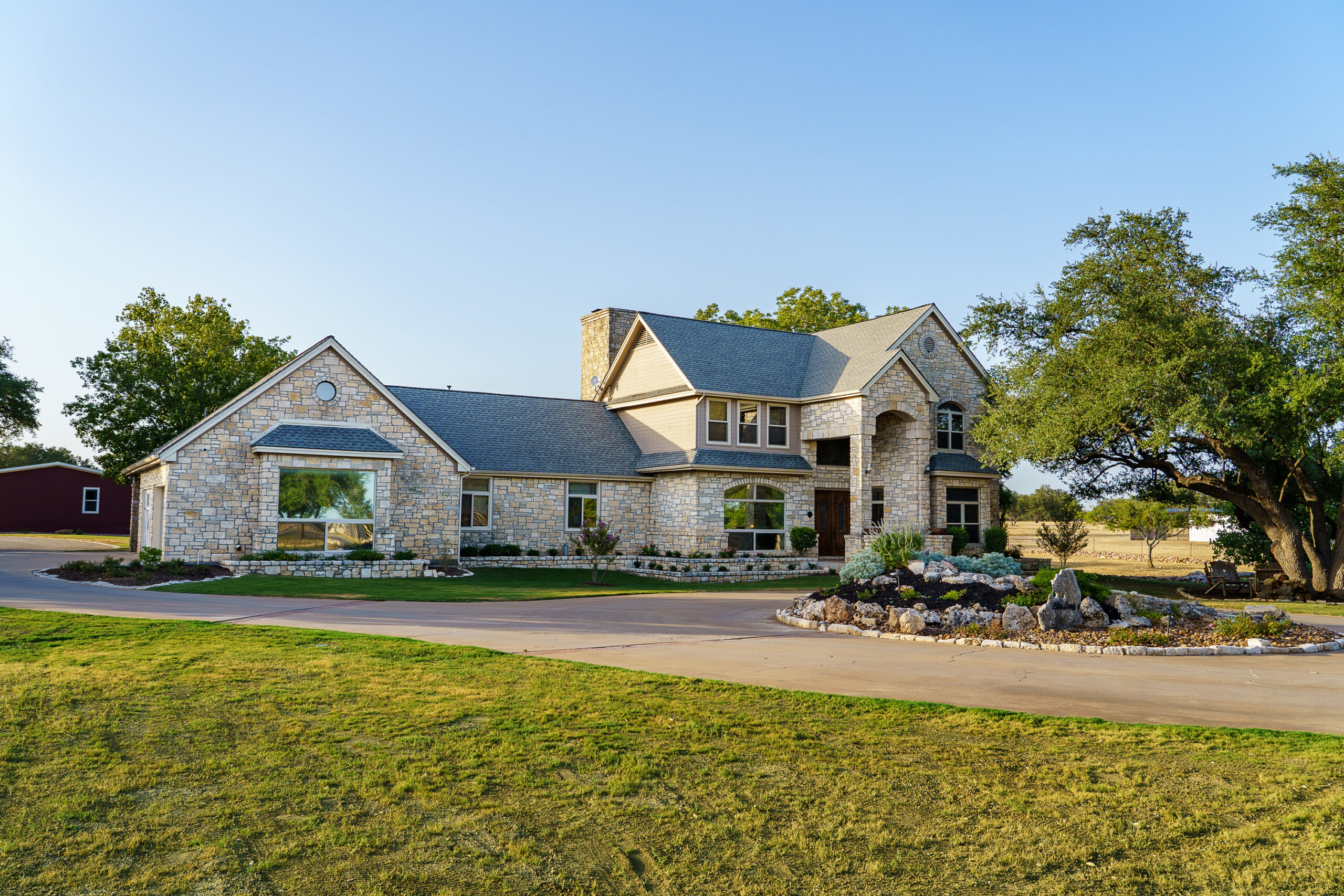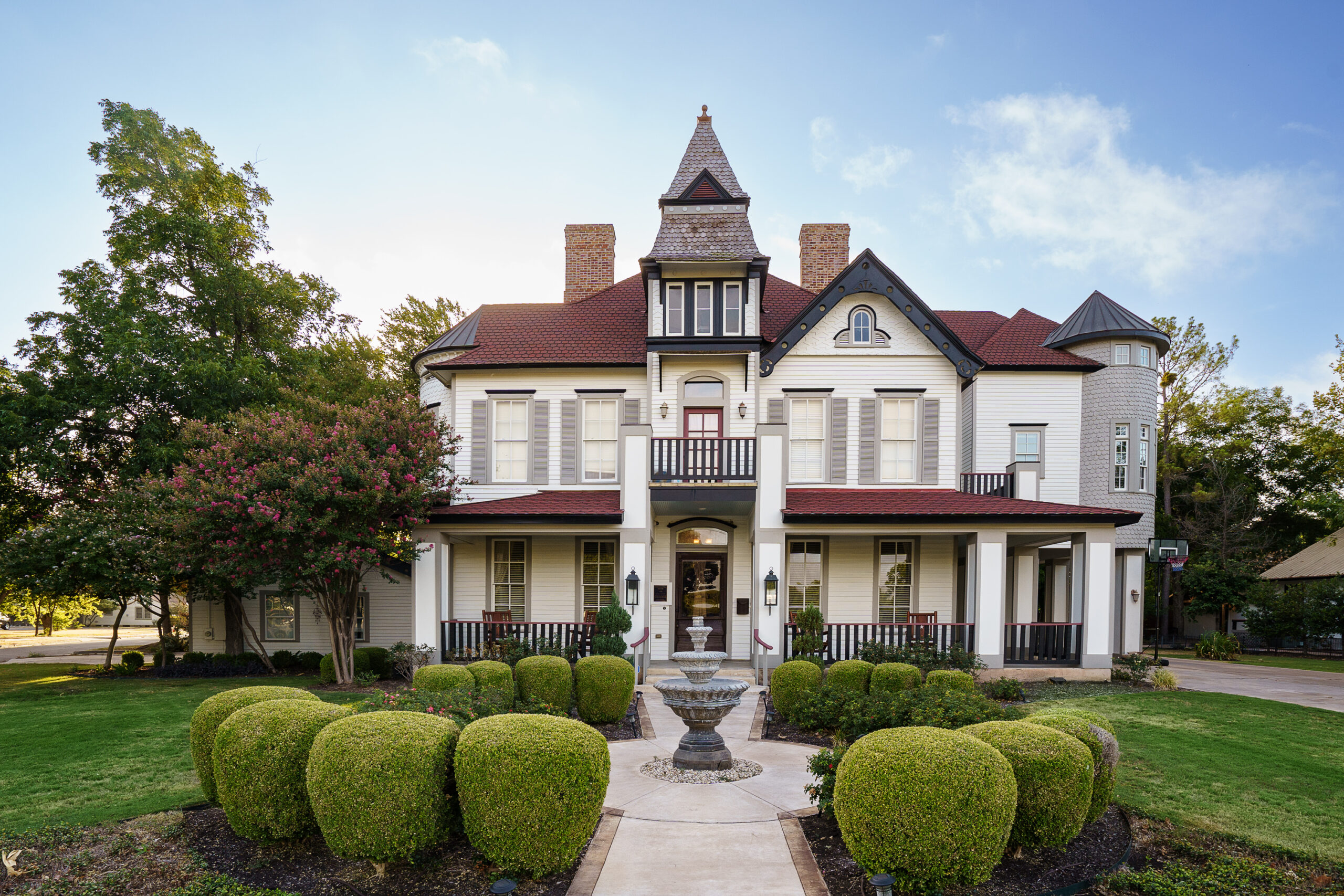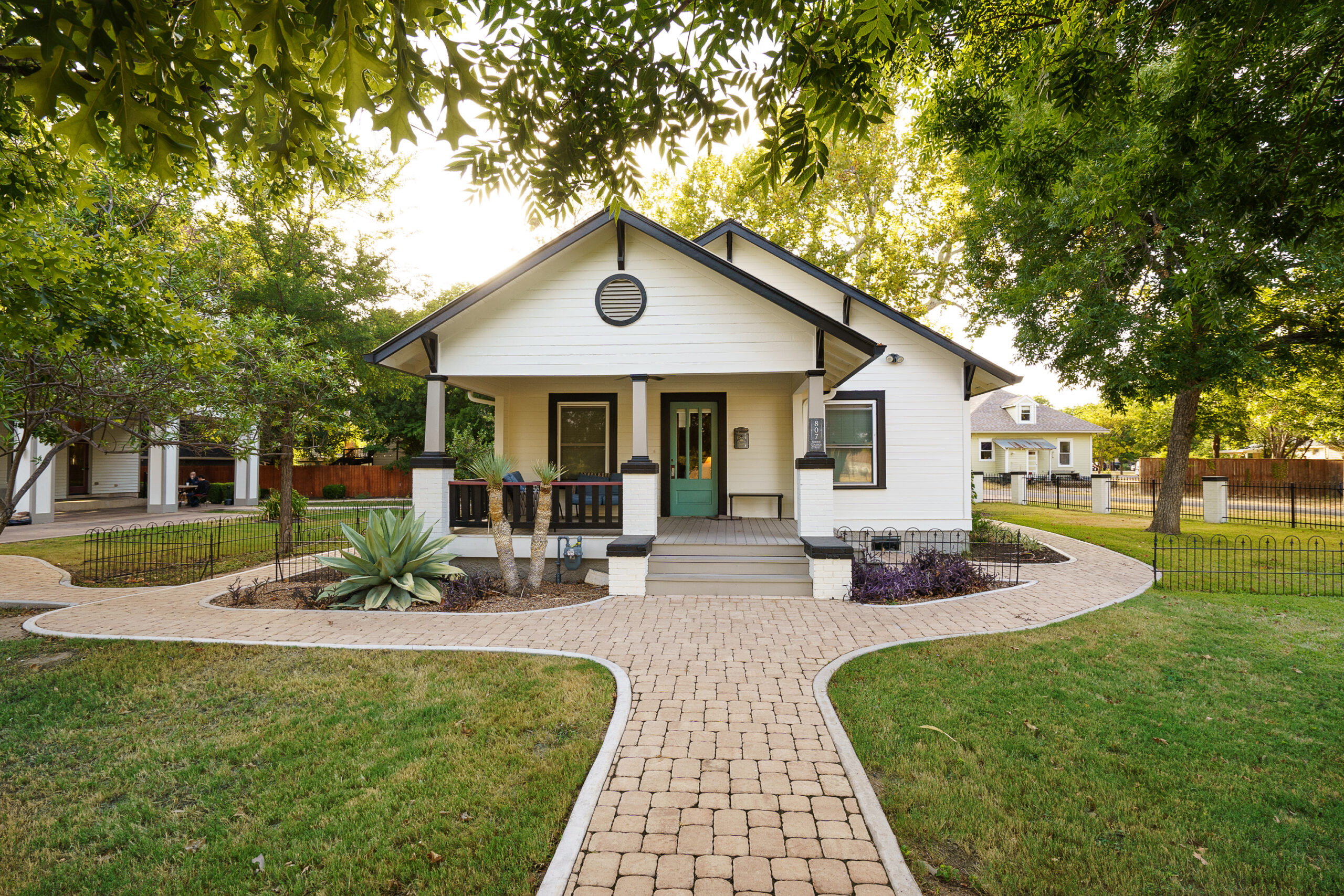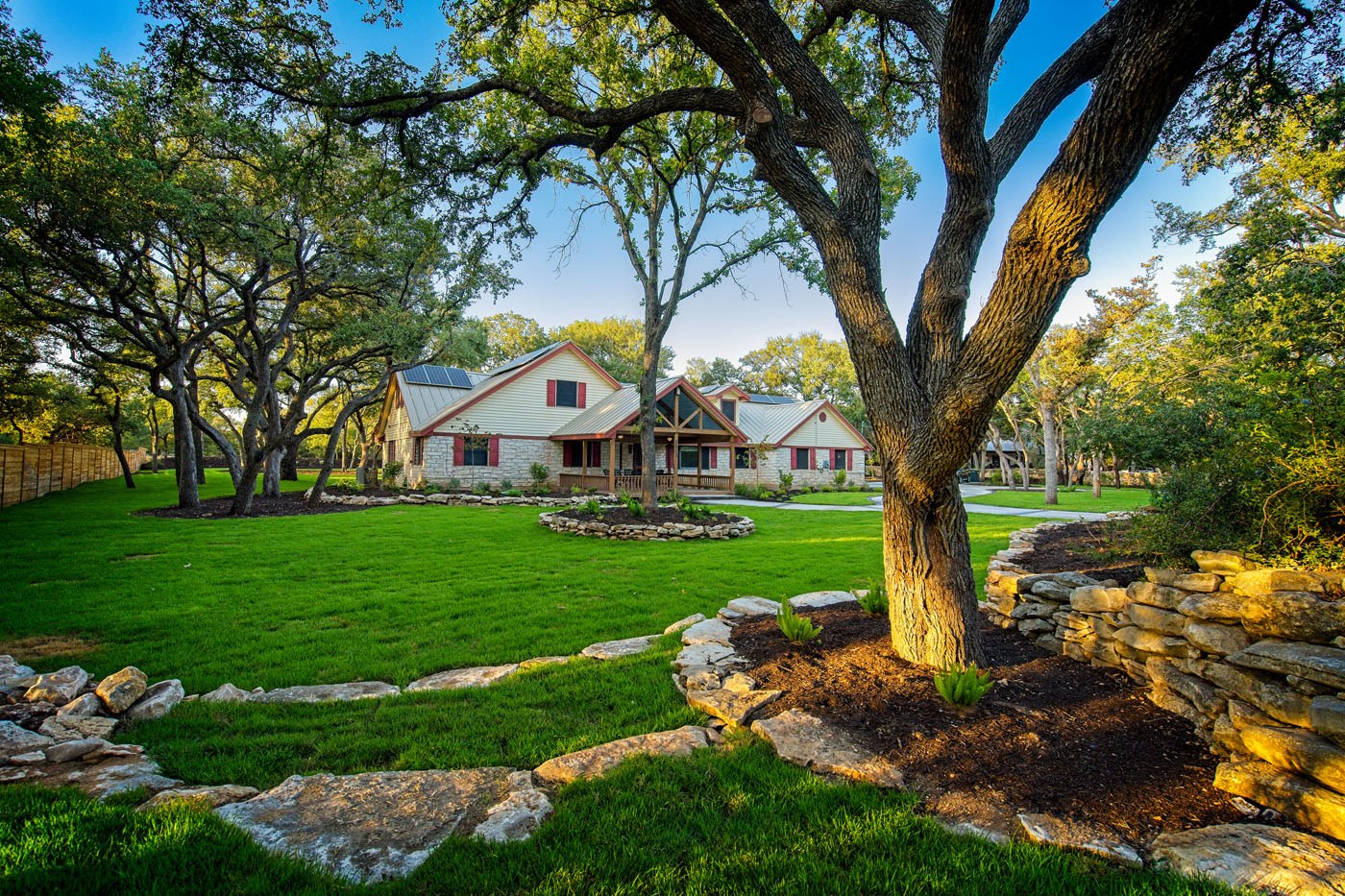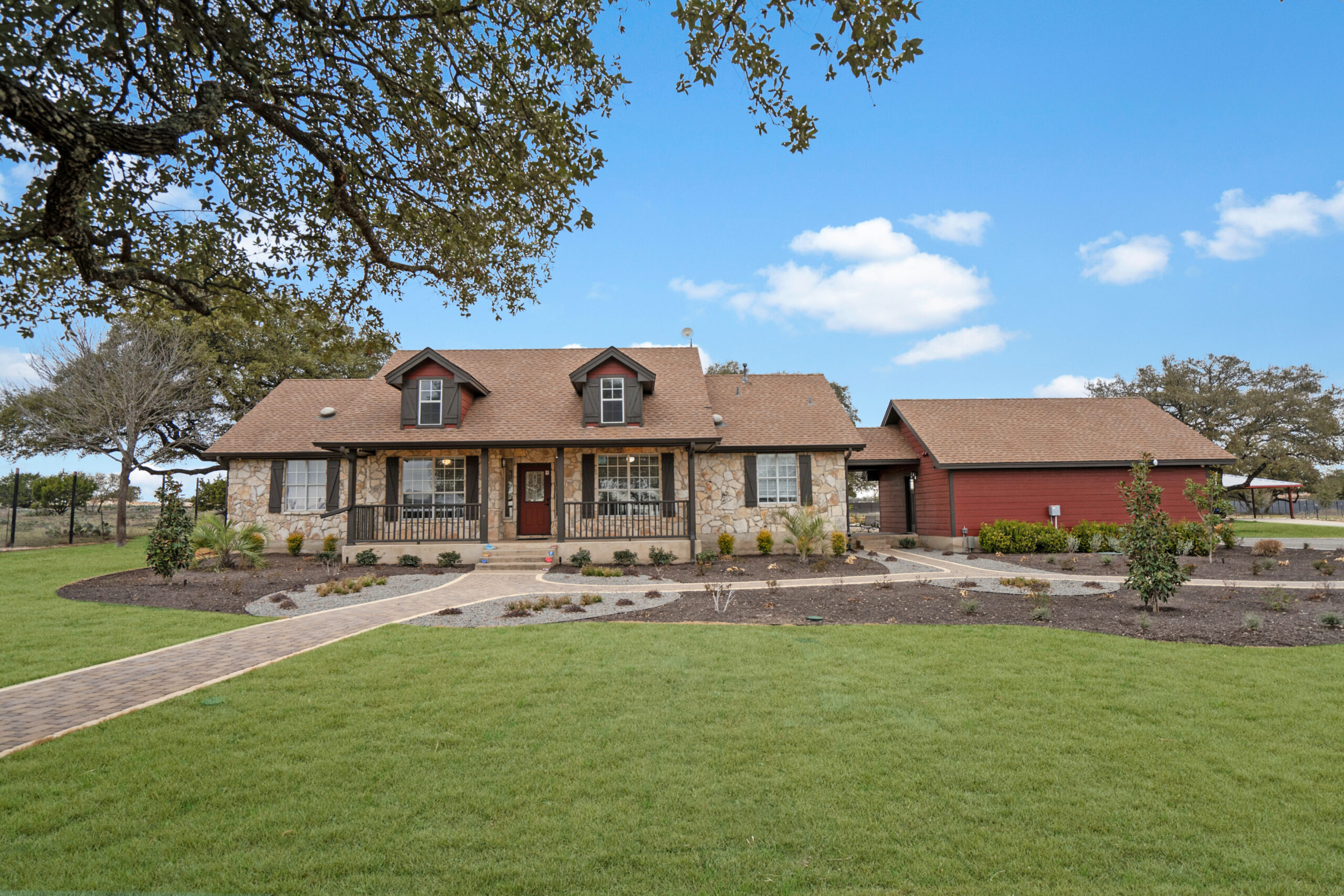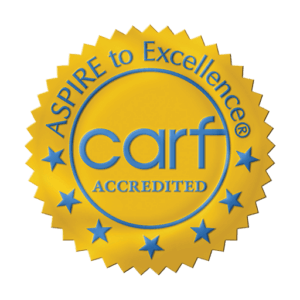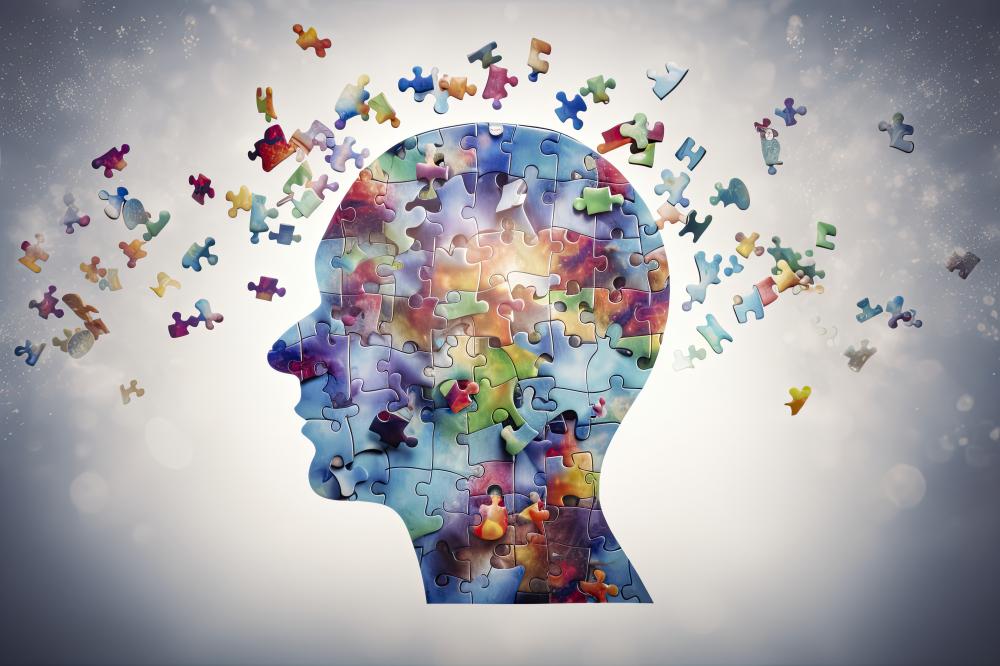
Looking into Bipolar Disorder Treatment Centers
For individuals facing the tumultuous waves of bipolar disorder, finding a sanctuary that understands the intricacies of their condition is crucial. A bipolar disorder treatment center offers more than just a temporary haven; it provides a path to stable and sustained mental health. Drawing from personal experiences and professional practices, we delve into the essence of treatment centers that specialize in bipolar disorder, focusing on an integrated approach to care.
Residential treatment facilities, like Alta Loma, encapsulate a holistic treatment ideology designed to confront and manage bipolar disorder at its core. These centers are often nestled in tranquil settings that inherently offer a reprieve from the daily stressors that may exacerbate the condition. By stepping into a serene environment, individuals are granted the space to breathe and embark on their healing journey with a sense of peace.
Personalized Care Approach
Upon entering a bipolar disorder treatment center, the journey starts with an in-depth evaluation to tailor a treatment plan that addresses the individual’s unique needs. It’s akin to crafting a bespoke suit, ensuring every stitch aligns perfectly with the person’s contours, acknowledging that each individual’s experience with bipolar disorder is profoundly personal.
This personalized approach is the cornerstone of effective treatment, blending various therapeutic modalities such as cognitive-behavioral therapy (CBT), medication management, and recreational therapy. The aim is not only to alleviate the symptoms but to furnish individuals with coping strategies that fortify them against future challenges.
Medication Management
Medication is often a critical component of bipolar disorder treatment, acting as a keel that helps stabilize mood swings. However, the art of prescribing the right combination requires a deep understanding of the individual’s medical history, current health status, and how they metabolize different medications.
Such precision ensures that the medication regimen supports long-term stability with the least possible side effects, enabling individuals to maintain clarity of thought and emotional equilibrium. At centers like Alta Loma, ongoing assessment and adjustments to medication underscore the commitment to each resident’s wellbeing.
Holistic Therapies
Beyond traditional therapy and medication, bipolar disorder treatment centers are increasingly incorporating holistic therapies into their regimens. These may include mindfulness practices, art therapy, and physical wellness activities that dovetail with psychological care to support overall health.
Engaging in these activities helps foster a deeper connection with oneself, encourages self-expression, and builds resilience. It’s through these layered approaches that individuals find new avenues to manage their symptoms and rediscover joy in their lives.
Community and Support
Building a Support Network
The path to managing bipolar disorder is not one to walk alone. Within the enveloping community of a bipolar disorder treatment center, individuals are surrounded by others who keenly understand the highs and lows of the condition. This collective experience fosters an environment of mutual support, empathy, and understanding.
Engaging Families in the Healing Process
Family involvement is another critical element, providing a support system that extends beyond the bounds of the treatment center. Through family therapy sessions and educational workshops, loved ones gain insights into the complexities of bipolar disorder, equipping them with the tools to offer meaningful support.
Lifelong Wellness and Integration
The ultimate goal of a bipolar disorder treatment center is not merely symptom management but facilitating a seamless reintegration into society. This involves equipping individuals with coping mechanisms, social skills, and career counseling to ensure they can navigate the world with confidence.
Alta Loma’s emphasis on community integration and extended care options exemplifies the long-term commitment to residents’ success beyond their initial treatment phase. This approach underscores the belief in recovery as a continual journey and the importance of ongoing support to ensure lasting wellbeing.
Choosing the Right Center
Evaluating Treatment Options
Selecting the right bipolar disorder treatment center is a pivotal decision that hinges on several factors. It’s essential to consider the center’s treatment philosophy, the range of therapies offered, and the qualifications of their staff. Visiting the facility, meeting the team, and asking questions about their approach can provide invaluable insights.
Assessing the Environment
The ambiance of the treatment center also plays a significant role in the healing process. A setting that radiates calmness, security, and positivity can significantly impact an individual’s recovery journey. Additionally, ensuring that the center offers post-treatment support can make a substantial difference in the transition back to everyday life.
- Cognitive Behavioral Therapy (CBT)
- Medication Management
- Recreational Therapy
- Community Integration
- Extended Care Options
By intertwining innovative treatment methodologies with compassionate care, centers like Alta Loma are at the forefront of offering hope and healing to those grappling with bipolar disorder. Such environments embrace the complexity of the condition, ensuring that every individual has the chance to lead a balanced, fulfilling life.

What Should You Look for in a Bipolar Disorder Treatment Center?
Choosing the right treatment center for bipolar disorder is a significant step towards recovery. It’s vital to look for a facility that offers a comprehensive, personalized care approach that considers your unique needs and history. A center that combines various therapeutic modalities, including cognitive-behavioral therapy, medication management, and holistic therapies like art and recreational therapy, can provide a well-rounded treatment plan. Additionally, an environment that fosters community and support, involving family in the healing process, and preparing individuals for reintegration into society, is crucial. Facilities like Alta Loma in Georgetown, Texas, prioritize these aspects to ensure the well-being and long-term recovery of their residents.
How Important is Medication Management in Bipolar Disorder Treatment?
Medication management is a cornerstone of effective bipolar disorder treatment. This process involves carefully selecting the right medications to stabilize mood swings while minimizing side effects. It requires ongoing adjustment and close monitoring by healthcare professionals to ensure the most beneficial outcomes. At Alta Loma, for example, a deep understanding of each resident’s medical history and current health status is crucial in crafting a medication regimen that supports long-term stability and wellness. The aim is to maintain clarity of thought and emotional equilibrium, which are essential for recovery.
What Are the Benefits of a Holistic Approach to Bipolar Disorder Treatment?
A holistic approach to treating bipolar disorder goes beyond just addressing symptoms; it involves treating the whole person. Incorporating practices such as mindfulness, physical wellness activities, and creative therapies can enhance conventional treatments by fostering a deeper self-connection and promoting resilience. These activities encourage self-expression and provide individuals with additional tools to manage their symptoms effectively. Engaging in a holistic regimen can lead to significant improvements in overall health and well-being, contributing to a more fulfilling life.
How Does a Supportive Community Impact Recovery in Bipolar Disorder Treatment?
The support of a community that understands the unique challenges of bipolar disorder can be invaluable. Being surrounded by peers who share similar experiences provides a sense of belonging and understanding, which is crucial during recovery. Additionally, involving families in the treatment process helps build a robust support system outside the treatment center. This mutual support network is instrumental in maintaining long-term stability and well-being, as it offers empathy, encouragement, and practical support during challenging times.
What are the Key Factors in Selecting the Right Bipolar Disorder Treatment Center?
Selecting the right treatment center involves evaluating various factors, such as the center’s treatment philosophy, the range of therapies offered, and the qualifications of the staff. It’s also important to consider the environment of the facility; a serene and secure setting can greatly enhance the healing process. Additionally, looking into post-treatment support options and community integration programs is crucial for ensuring a smooth transition back into everyday life. Ultimately, the decision should be based on finding a facility that aligns with your treatment goals and needs, like Alta Loma, which is committed to personalized care and long-term recovery.
How Do Treatment Centers Prepare Individuals for Integration Back into Society?
Preparing individuals for reintegration into society is an essential part of the recovery process at comprehensive treatment centers. This preparation involves equipping residents with coping mechanisms, social skills, and sometimes career counseling to navigate daily life confidently. Programs like those at Alta Loma focus on community integration and extended care options to ensure that residents not only recover but also thrive outside the treatment facility. The emphasis is on building a stable foundation for a balanced and productive life post-treatment.
Why is Family Involvement Important in the Treatment of Bipolar Disorder?
Family involvement is critical in treating bipolar disorder as it extends the support system beyond the treatment center, providing a stable environment for the individual. Family therapy sessions and educational workshops offer loved ones insights into the condition, teaching them how to offer meaningful support. This collective understanding and shared responsibility foster a conducive environment for recovery and long-term management of the disorder. At centers like Alta Loma, engaging families in the healing process is a key component of the comprehensive care approach.
